3 Bridges in Libre Graphics Magazine
When I was in New York in 2011, I made a few new pieces of work using my GPS difference technique. One of these was 3 Bridges, made by collecting the GPS data as I walked across the bridges that connect the Southern tip of Manhattan to Brooklyn. From North to South, these are the Williamsburg Bridge, the Manhattan Bridge and the Brooklyn Bridge respectively.
Each of these bridges is a completely different experience to walk across – you may be in a tunnel of iron girders, alongside busy subway tracks or out in the open with a criss-cross of suspension cables rising above you. The different characteristics of the the bridges are reflected in the different GPS ‘fingerprints’ shown by the lines in the drawing.
3 Bridges has been reproduced in Issue 2.1 of Libre Graphics Magazine (entitled Localization/Internationalisation).
We react to regional differences, as well as efforts at internationalisation, in varied ways. In a world that has become increasingly globalised, we may hope for ways to communicate more effectively with others, or we may cherish our own regionally-specific terms and ways. We may create habits and classification systems which help us to trade knowledge and understanding with others, or we may take refuge in personal eccentricities.Editor’s Letter: Localisation and internationalization, ginger coons
I was given a sneak peek at the print copy a few days ago and it’s a lovely piece of work. You can order your copy from http://libregraphicsmag.com/ or you can download pdf versions to view or print yourself.


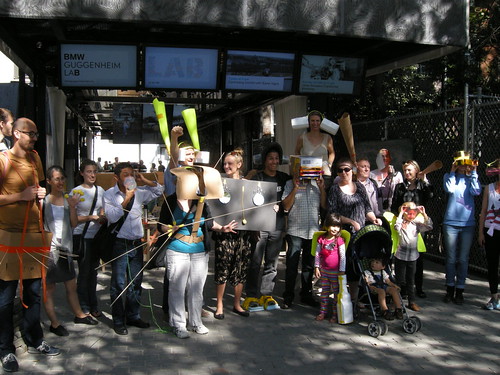

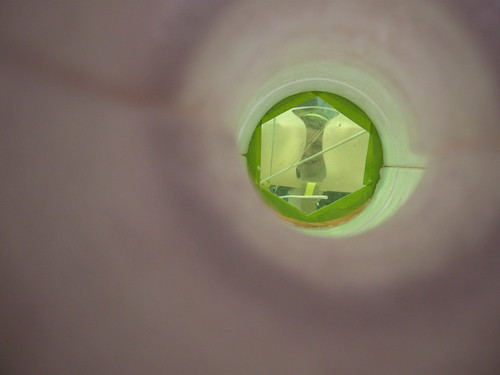


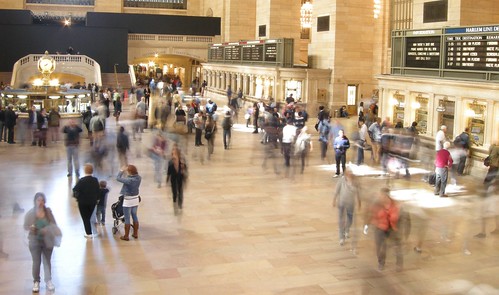
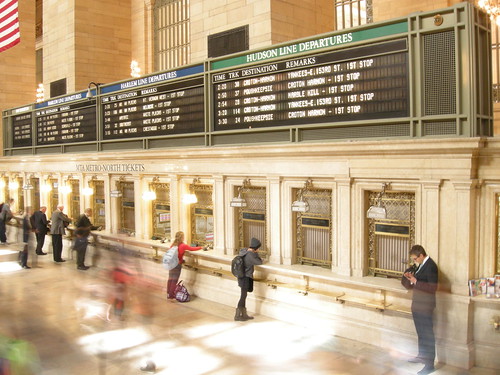

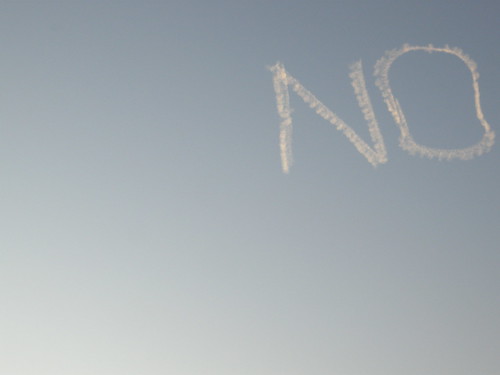



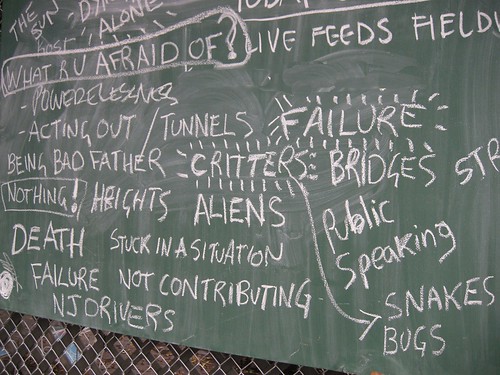

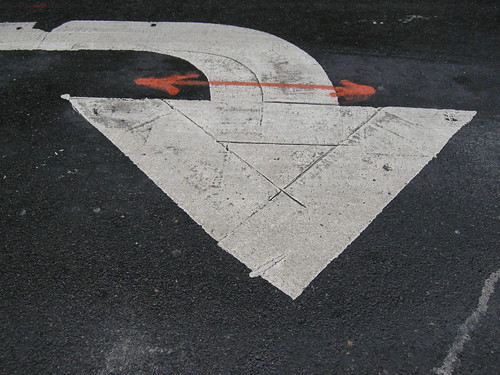



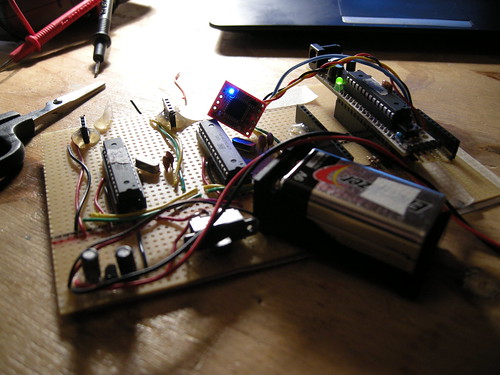
![[person-stick]](http://npugh.co.uk/wordpress/wp-content/uploads/2011/09/2011-09-28-15.27.35-375x500.jpg)
![[person-stick]](http://npugh.co.uk/wordpress/wp-content/uploads/2011/09/2011-09-28-15.30.36-500x375.jpg)